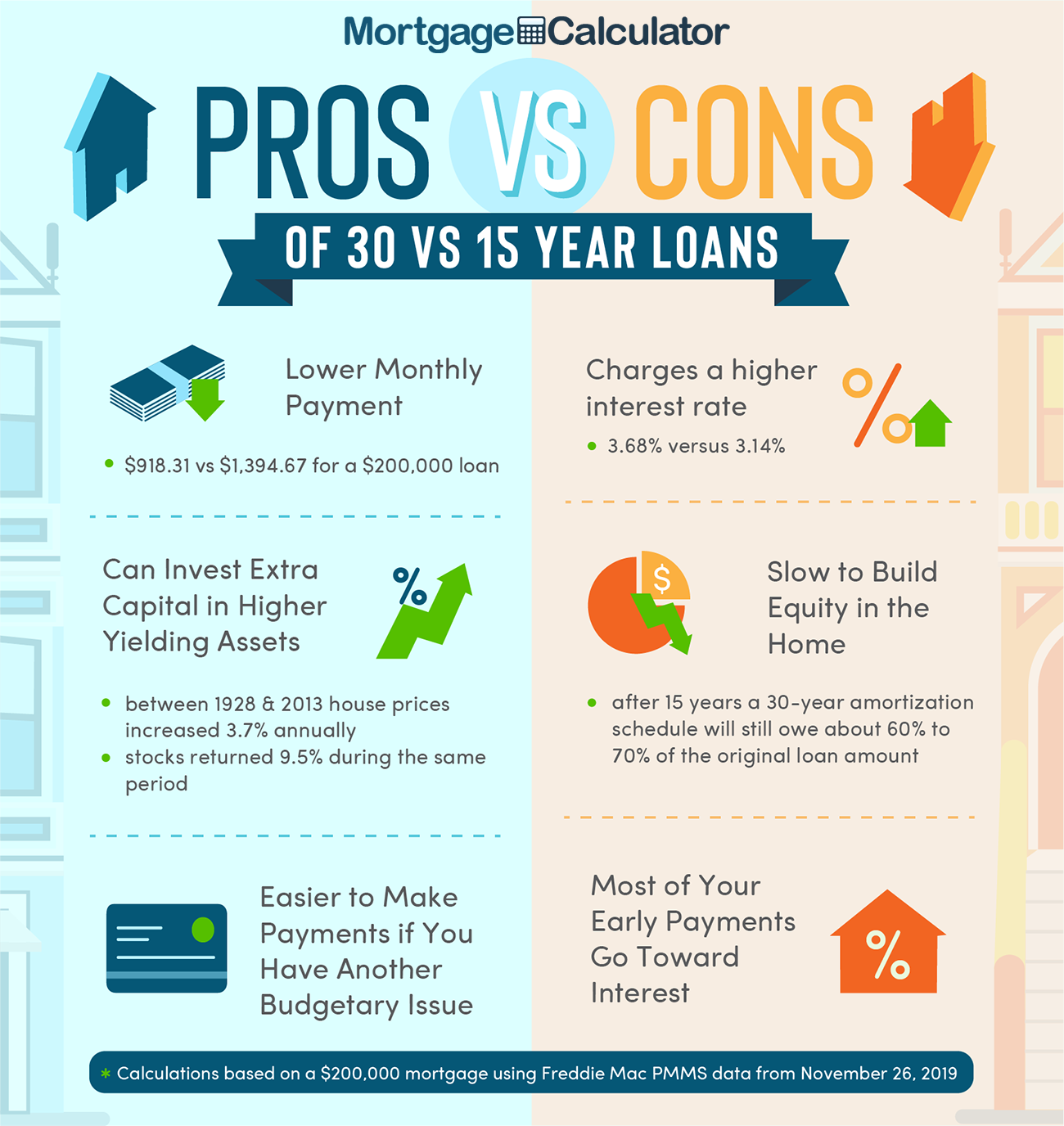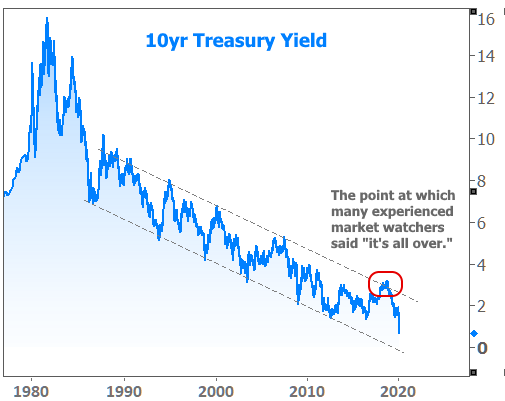Let's say that there is a house that I like, let's state that that is the house that I would like to buy. It has a price of, let's state that I need to pay $500,000 to buy that house, this is the seller of your home right here.
I want to purchase it. I wish to purchase your house. This is me right here. And I have actually had the ability to conserve up $125,000. I've been able to conserve up $125,000 but I would actually like to live in that home so I go to a bank, I go to a bank, get a brand-new color for the bank, so that is the bank right there.
Bank, can you provide me the rest of the amount I need for that house, which is essentially $375,000. I'm putting 25 percent down, this right, this right, this number right here, that is 25 percent of $500,000. So, I ask the bank, can I have a loan for the balance? Can I have a $375,000 loan? And the bank says, sure, you look like, uh, uh, a great man with an excellent task who has a great credit score.
We have to have that title of the house and when you pay off the loan we're going to give you the title of your house. So what's going to happen here is we're going to have the loan is going to go to me, so it's $375,000, $375,000 loan.
The Best Strategy To Use For How Do Interest Rates On Mortgages Work
But the title of the home, the document that says who really owns the house, so this is the house title, this is the title of your house, home, home title. It will not go to me. It will go to the bank, the house title will go from the seller, perhaps even the seller's bank, possibly they haven't settled their home mortgage, it will go to the bank that I'm borrowing from.
So, this is the security right here. That is technically what a home mortgage is. This vowing of the title for, as the, as the security for the loan, that's what a mortgage is. how does chapter 13 work with mortgages. And really it comes from old French, mort, implies dead, dead, and the gage, indicates pledge, I'm, I'm a hundred percent sure I'm mispronouncing it, however it comes from dead pledge.

Once I settle the loan this pledge of the title to the bank will die, it'll come back to me. Which's why it's called a dead promise or a home mortgage. And most likely since it comes from old French is the factor why we don't say mort gage. We state, home loan.
They're actually describing the mortgage, home mortgage, the mortgage loan. And what I desire to perform in the rest of this video is use a little screenshot from a spreadsheet I made to really reveal you the mathematics or actually show you what your home mortgage payment is going to. And you can download, you can download this spreadsheet at Khan Academy, khanacademy.org/downloads, downloads, slash home mortgage calculator, mortgage, or in fact, even better, just go to the download, simply go to the downloads, downloads, uh, folder on your web browser, you'll see a lot of files and it'll be the file called home mortgage calculator, home mortgage calculator, calculator dot XLSX.
How Mortgages Payments Work for Beginners
But simply go to this URL and after that you'll see all of the files there and then you can just download this file if you want to have fun with it. But what it does here remains in this sort of dark brown color, these are the assumptions that you could input and that you can change these cells in your spreadsheet without breaking the entire spreadsheet.
I'm buying a $500,000 home. It's a 25 percent deposit, so that's the $125,000 that I had saved up, that I 'd spoken about right over there. And after that the, uh, loan amount, well, I have the $125,000, I'm going to have to borrow $375,000. It computes it for us and then I'm going to get a quite plain vanilla loan.
So, 30 years, it's going to be a 30-year fixed rate home loan, repaired rate, repaired rate, which suggests the interest rate will not alter. We'll discuss that in a bit. This 5.5 percent that I am paying on my, on the money that I borrowed will not alter throughout the thirty years.
Now, this little tax rate that I have here, this is to actually figure out, what is the tax savings of the interest deduction on my loan? And we'll discuss that in a second, we can ignore it for now. And after that these other things that aren't in brown, you should not tinker these if you actually do open this spreadsheet yourself - how do reverse mortgages work.

The Ultimate Guide To How Do Points Work With Mortgages
So, it's actually the yearly rate of interest, 5.5 percent, divided by 12 and most home loan loans are compounded on a regular monthly basis. So, at the end of monthly they see how much money you owe and after that they will charge you this much interest on that for the month.
It's actually a quite interesting issue. But for a $500,000 loan, well, a $500,000 house, a $375,000 loan over thirty years at a 5.5 percent rate of interest. My home loan payment is going to be roughly $2,100. Now, right when I bought your home I desire to introduce a bit of vocabulary and we have actually talked about this in a few of the other videos.
And we're presuming that it deserves $500,000. We are assuming that it deserves $500,000. That is a property. It's a possession because it provides you future benefit, the future benefit of having the ability to live in it. Now, there's a liability against that property, that's the mortgage, that's the $375,000 liability, $375,000 loan or financial obligation.
If this was all of your properties and this is all of your debt and if you were essentially to offer the assets and settle the financial obligation. how do second mortgages work in ontario. If you offer your house you 'd get the title, you can get the cash and after that you pay it back to the bank.
4 Easy Facts About How Do Construction Mortgages Work Shown
But if you were to relax this transaction immediately after doing it then you would have, you would have a $500,000 home, you 'd settle your $375,000 in debt and you would get in your pocket $125,000, which is wesley financial group fees exactly what your original down payment https://www.linkedin.com/ccompany/WesleyFinancialGroup was however this is your equity.
But you could not presume it's continuous and play with the spreadsheet a little bit. However I, what I would, I'm presenting this since as we pay down the debt this number is going to get smaller sized. So, this number is getting smaller, let's say at some time this is just $300,000, then my equity is going to get bigger.
Now, what I've done here is, well, really before I get to the chart, let me in fact reveal you how I compute the chart and I do this throughout 30 years and it goes by month. So, so you can envision that there's actually 360 rows here on the real spreadsheet and you'll see that if you go and open it up.